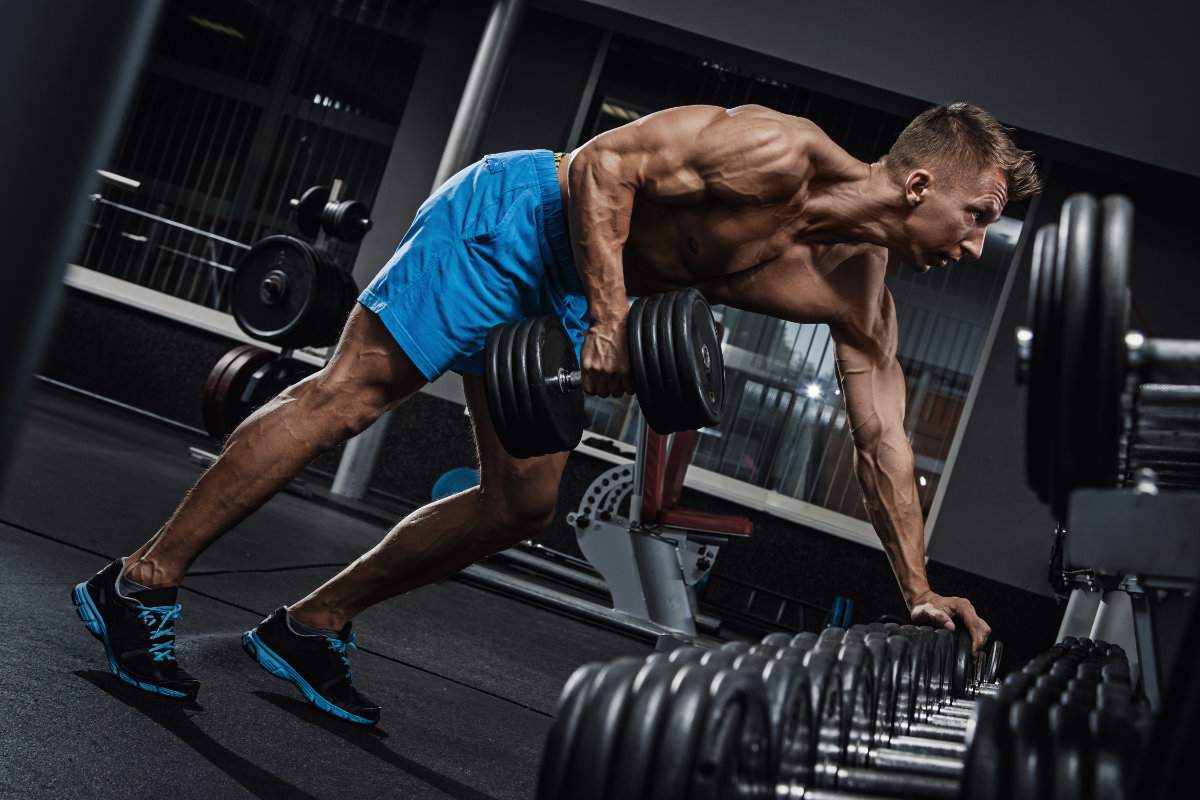Hip Flexor Strains: Glutes May Be the Answer
Hip flexor strains are frustrating injuries. They linger for months. Keep coming back. Most people treat the symptom, not the cause. The real problem might be your weak glutes.
The Hip Flexor-Glute Connection
Your hip flexors and glutes work as opposites. When one contracts, the other should relax. This is called reciprocal inhibition.
Weak glutes can’t do their job properly. So hip flexors work overtime. They get tight, overworked, and eventually injured.
Our personal trainers in Melbourne see this pattern constantly. Fix the glutes, fix the hip flexors.
Why Glutes Get Weak
Sitting kills glutes. Hours in chairs puts them to sleep. They forget how to fire properly.
Poor movement patterns make it worse. Squatting with knees caving in. Running with poor form. These habits weaken glutes over time.
The Compensation Pattern
When glutes are weak, hip flexors compensate. They try to stabilize your pelvis and generate power.
But hip flexors aren’t designed for this. They’re small muscles meant for lifting your leg. Not powering your entire body.
This overuse leads to tightness, trigger points, and eventually strains.
Signs Your Glutes Are the Problem
Hip flexor tightness that won’t go away despite stretching. This suggests the tightness is protective, not structural.
Recurring hip flexor strains. If they keep coming back, you’re not addressing the root cause.
Weak glute activation tests. Can you squeeze your glutes hard? Feel them working during squats? If not, they’re probably the problem.
Testing Glute Function
Lie on your back. Lift one leg straight up. Can you feel your glute on the standing leg working to stabilize?
Single-leg glute bridges. Can you lift your hips using only your glutes? Or do you feel your hamstrings and back working?
These simple tests reveal glute dysfunction.
The Treatment Approach
Stop stretching hip flexors constantly. If glutes are the problem, stretching hip flexors won’t fix anything long-term.
Focus on glute activation and strengthening instead. Wake up those sleeping muscles.
Glute Activation Exercises
Glute Bridges
Lie on your back, knees bent. Squeeze your glutes and lift your hips. Hold for 5 seconds.
Feel the glutes working, not your hamstrings or back. This might take practice.
Clamshells
Lie on your side, knees bent. Keep feet together and lift your top knee. Feel the side of your glute working.
Side-Lying Leg Lifts
Lie on your side, legs straight. Lift your top leg straight up. Keep your body in a straight line.
Progressive Strengthening
Start with bodyweight exercises. Master the movement patterns before adding resistance.
Add resistance bands next. They provide variable resistance and are joint-friendly.
Finally, progress to weights. Squats, deadlifts, and lunges with proper form.
The Role of Hip Flexor Stretching
Some hip flexor stretching is still helpful. But it shouldn’t be your main focus.
Stretch after glute activation exercises. This helps restore normal length-tension relationships.
Movement Pattern Correction
Poor movement patterns perpetuate the problem. Learn to move with your glutes leading.
Practice hip hinging. Squatting with knees tracking over toes. Running with proper form.
For Different Activities
Boxing personal trainers see hip flexor strains from kicking and knee strikes. Strong glutes provide the stability needed for these movements.
Runners get hip flexor strains from weak glutes that can’t stabilize the pelvis during landing.
The Female Factor
Female personal trainers often work with clients who have weak glutes from pregnancy and childbirth.
Hormonal changes during pregnancy affect muscle function. Glutes are particularly affected.
Sitting and Modern Life
Modern life is designed to weaken glutes. Sitting, driving, desk work. All put glutes to sleep.
Combat this with regular movement breaks. Stand every hour. Do glute squeezes at your desk.
The Athletic Population
Athletes often have strong glutes but poor activation patterns. They can generate force but not at the right times.
Motor control training becomes important. Teaching glutes when to fire, not just how hard.
Technology and Assessment
Online personal trainers can assess glute function through video calls. Watch movement patterns and provide feedback.
Apps can remind clients to do glute activation exercises throughout the day.
Common Mistakes
Doing too much too soon. Weak glutes need gradual progression. Don’t jump into heavy squats immediately.
Ignoring other factors. Sleep, stress, and nutrition all affect muscle function and recovery.
Expecting quick fixes. Glute strengthening takes weeks to months. Be patient with the process.
The Rehabilitation Timeline
Week 1-2: Activation
Focus on waking up the glutes. Simple exercises, high frequency.
Week 3-4: Basic Strengthening
Add resistance and challenge. Single-leg variations.
Week 5-8: Functional Integration
Incorporate glute strength into daily movements and sports.
Week 9+: Maintenance
Continue glute strengthening to prevent recurrence.
When to Seek Help
If hip flexor pain persists despite glute strengthening, see a professional. You might need manual therapy or specific interventions.
Acute strains need immediate attention. Don’t try to train through severe pain.
Special Populations
NDIS personal trainers work with clients who have neurological conditions affecting muscle activation.
These populations need specialized approaches to glute strengthening.
Location-Specific Considerations
Our trainers in South Melbourne and St Kilda work with many office workers who have this exact problem.
The Prevention Approach
Strong glutes prevent hip flexor strains. Include glute strengthening in every program.
Even if someone doesn’t have hip flexor problems now, weak glutes are a ticking time bomb.
The Bottom Line
Hip flexor strains often stem from weak, inactive glutes. Treating the symptom without addressing the cause leads to recurring problems.
Focus on glute activation and strengthening. Address movement patterns. Be patient with the process.
Want professional help addressing hip flexor strains through glute strengthening? Our personal trainers across all locations understand this connection and can design effective programs.
Remember: your glutes are the foundation of hip health. Keep them strong and active to prevent hip flexor problems.


